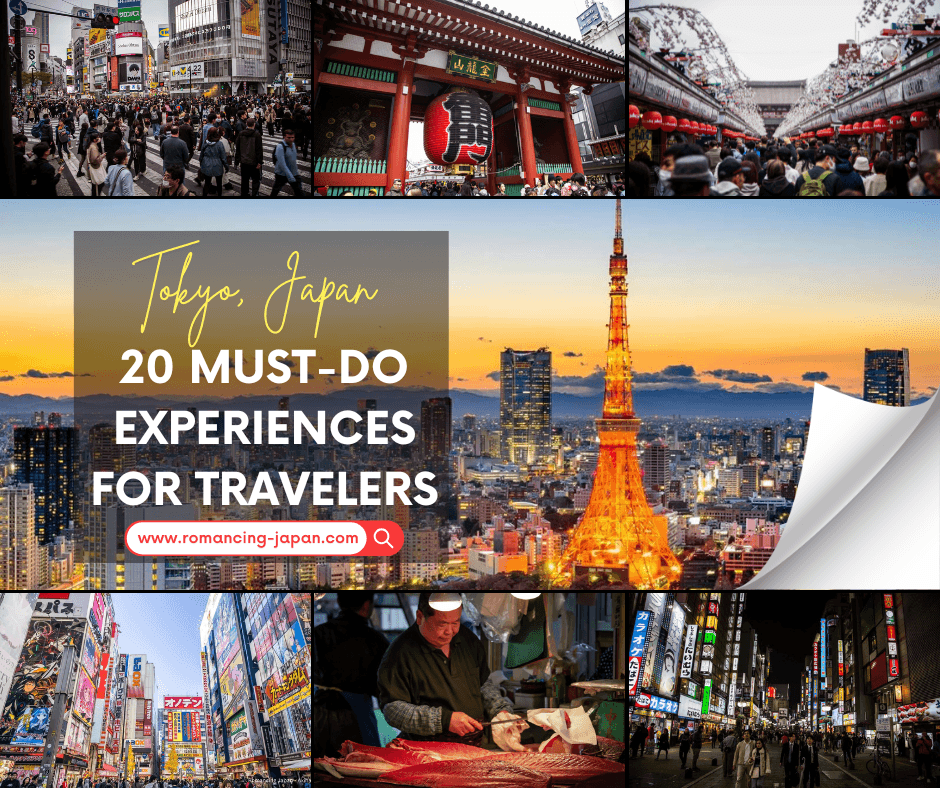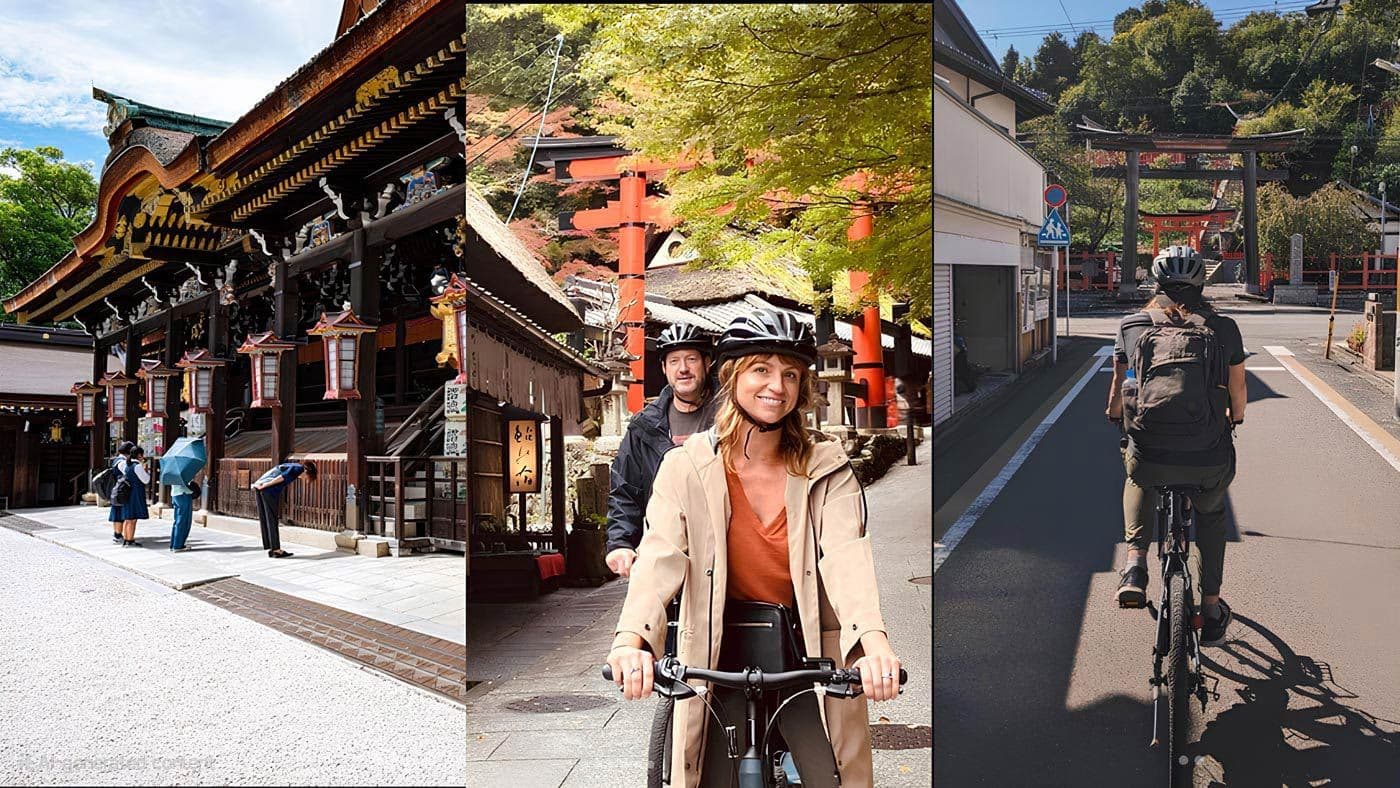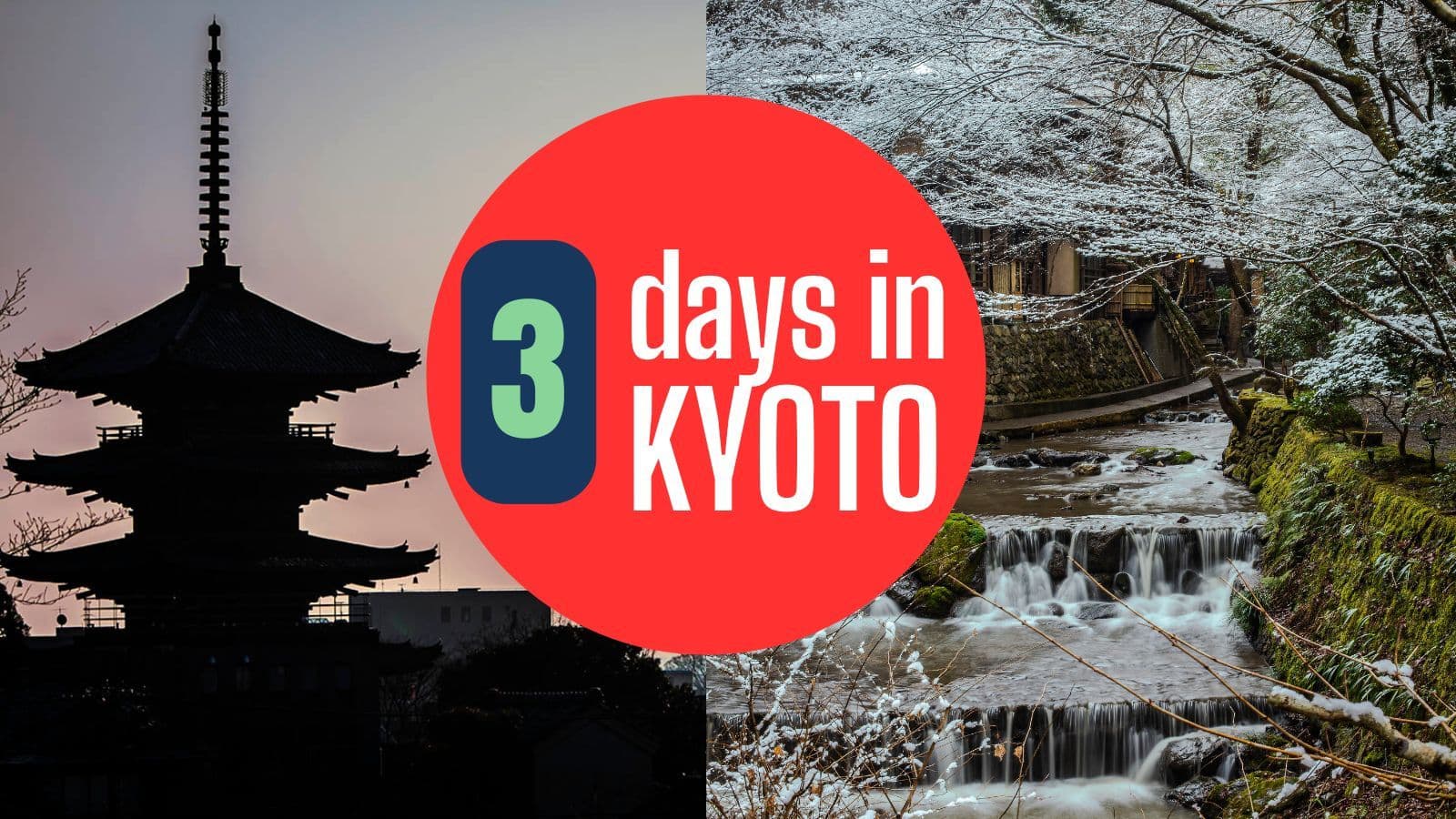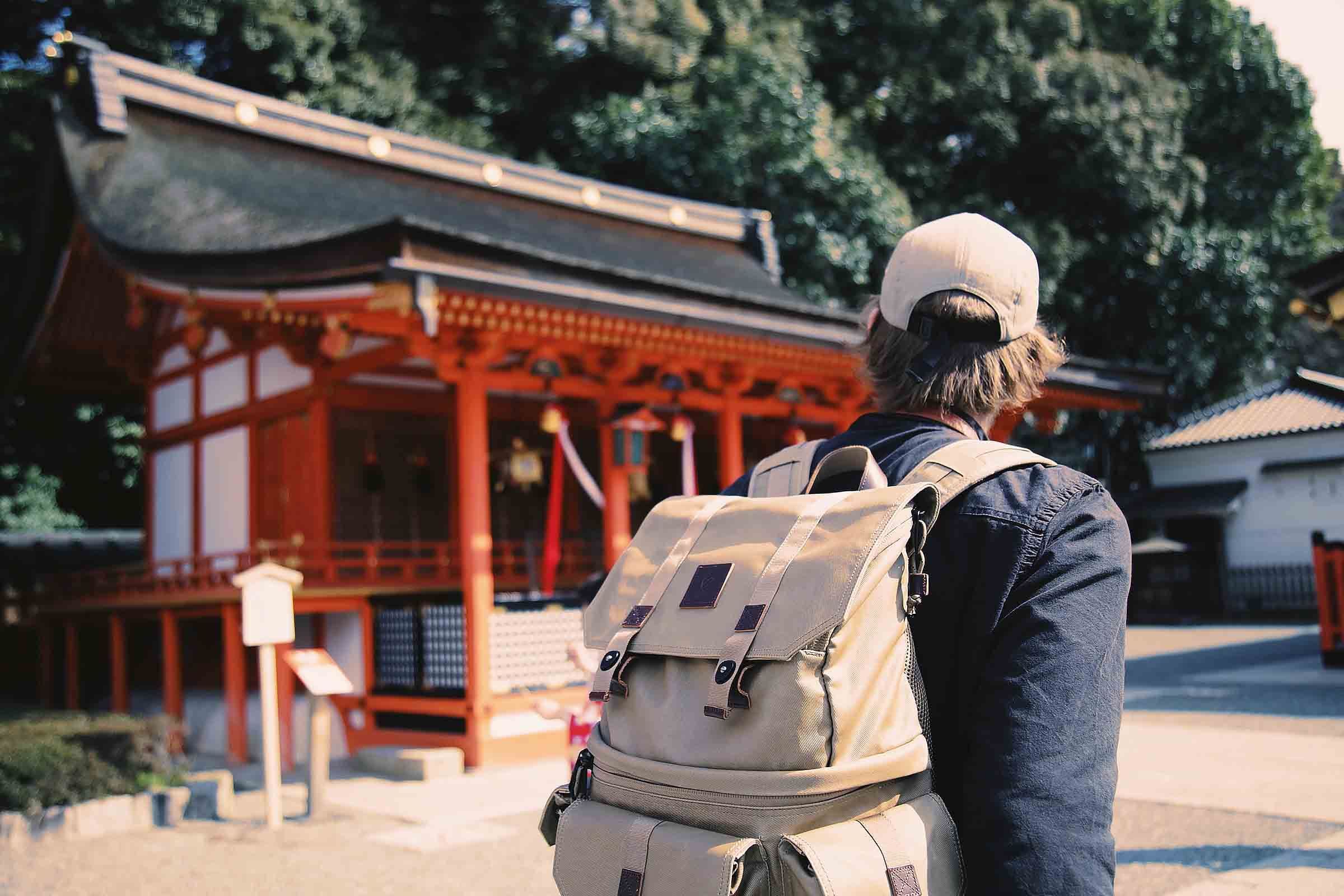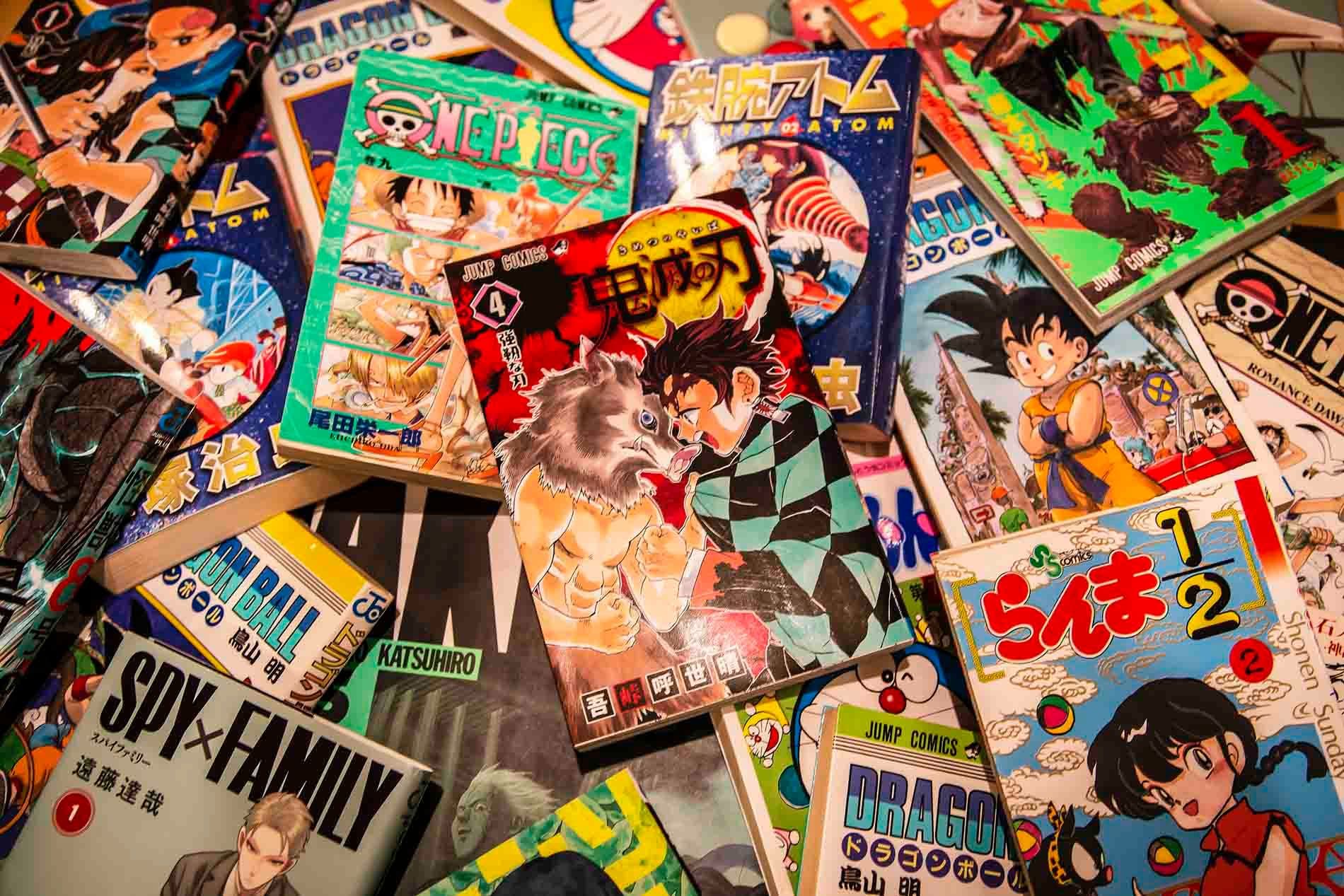
A Guide to Japan’s Prepaid IC Cards: A Cashless Convenience
James Saunders-Wyndham

James Saunders-Wyndham
Table of contents:
A Japanese IC card contains a microchip that stores purchased credit in Japanese yen. Referred to as electronic money, or ‘e-money’, or even 'e-wallets'. Credit cards in Japan are not widely accepted compared to other countries. But unlike a credit card, a Japanese IC card does not display your name.
This makes prepaid IC cards perfect for cashless touring across Japan. The convenience of IC cards can help your stay in Japan run smoothly.

You can buy your IC card at most Japanese airports and major train stations. They are also available at some convenience stores. Some IC cards are sold from train ticket vending machines.
Running low on balance? Well, Japan's various IC cards are rechargeable. You can top up an IC card at ticket vending machines in stations or at numerous convenience stores. The top-up process is designed to accommodate non-Japanese speakers with multilingual instructions.

IC Cards are used for buying items in most stores. This includes cafes, restaurants, and bars. But they are most commonly used to travel Japan's famous public transport system. This includes train stations, subway stations, buses, and ferries.
You cannot use your IC card on the bullet train (Shinkansen)!
The digital version of these cards can be purchased on your phone. For iPhone users, you can access the "Apple Wallet". For Android phone users, download the Google wallet. However, you should know that there have been some compatibility issues with Android phones in Japan when using IC pads.

Tap your prepaid IC Card on an IC reader (sensor pad). The cards are a 'tap-and-go' payment system. Like modern credit cards. Here's how you can use IC cards in various settings:
At train stations, you can tap your card at the ticket gates as you walk through (right-hand side). Similarly, on buses, use the readers near the driver or doors. It's a hassle-free process designed for quick, efficient travel.
IC cards are not limited to transit. You are able to use in participating stores. A quick tap is all you need to complete a purchase, reflecting the card's wide acceptance and user-friendly nature.

Primarily used in Tokyo, Suica cards by JR-East are a common sight and are interoperable with most other IC systems nationwide. From June 2023, Suica cards were replaced by “Welcome Suica” cards because of a worldwide semiconductor shortage. However, the original Suica card is resuming from fall 2024. For more information on the Suica card and Welcome Suica card, check out our article about Suica.

In the Kansai region (includes Osaka, Kyoto, Kobe, and Nara) ICOCA cards by JR West serve as the local equivalent, widely accepted and easy to use. This IC card can be purchased from JR-WEST station ticket vending machines or JR-WEST ticket offices. I recommend this card if you are taking a lot of buses visiting all the best temples in Kyoto.

From Hokkaido's Kitaca to Kyushu's Sugoca, each region offers an e-money card to simplify your travels. With many cards like Manaca in Nagoya, and Toica in Central Japan, combining transportation and e-money functions is easy.

One of the great advantages of IC cards is their cross-regional compatibility. For instance, if you buy a Suica card in Tokyo, you can use it in Osaka where ICOCA is common, and vice versa. This cross-regional use is incredibly convenient for travelers who plan to visit multiple regions in Japan.
Most cards offer refunds on the remaining balance with a minimal fee and have a validity that extends beyond your current trip, often up to 10 years. So, if you plan to return to Japan, you can hold on to your card for the next time you visit.
You should definitely get an IC card if you come to Japan. I live in the west of Japan and I carry an ICOCA card for use on public transport. Tourists I have met swear that buying an e-wallet made their stay in Japan more convenient.
IC cards are a recommended travel accessory for their ease of use. They're a great way to track your transportation expenses without the hassle of small change. It's a great way to avoid the hassle of purchasing individual tickets for each journey.

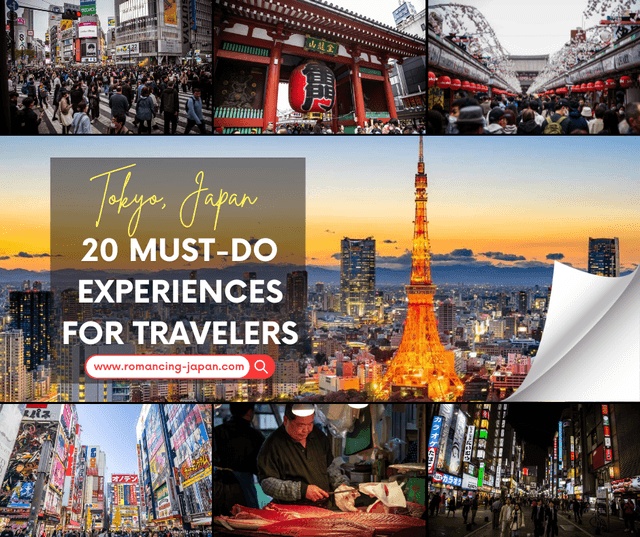
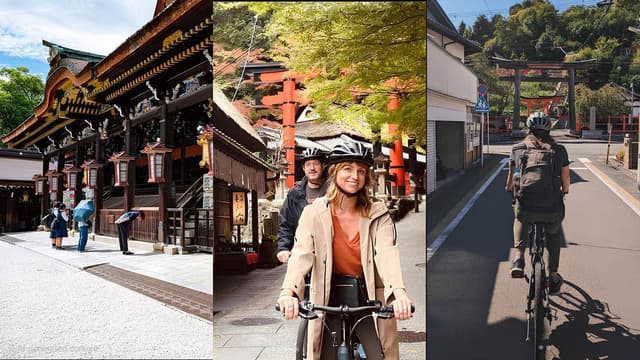
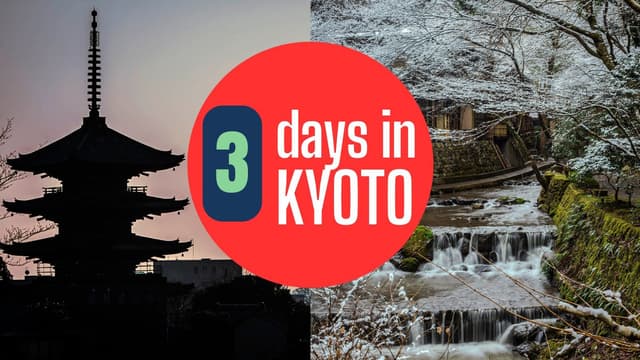

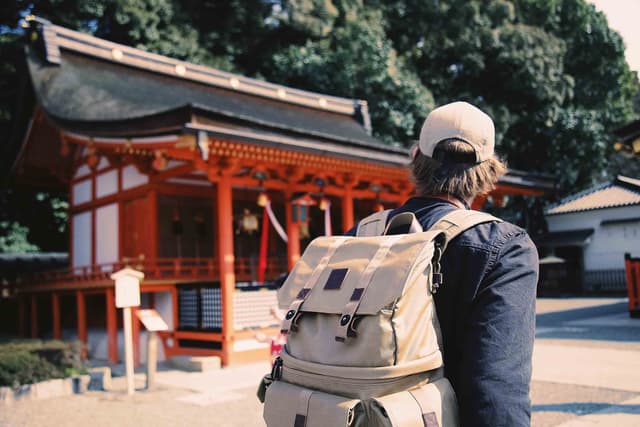
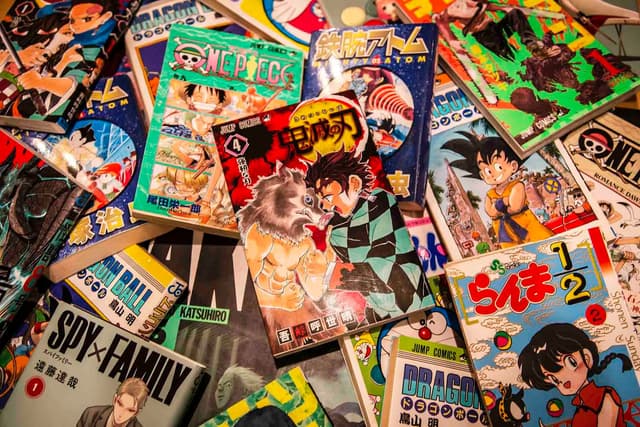
No FAQs available for this post.
Loading Comments...

I've been immersed in Japanese culture and daily life for over 30 years and am proud to call Japan my home. Originally from Australia, my journey has taken me from teaching at Japanese universities to traveling extensively across the country, uncovering its hidden gems. As a web developer, I built Romancing Japan from the ground up to share these experiences with you. Whether it's the charm of old Kyoto, the pulse of Tokyo, or the tranquility of the countryside, I love helping others discover the magic of Japan—one story at a time.
